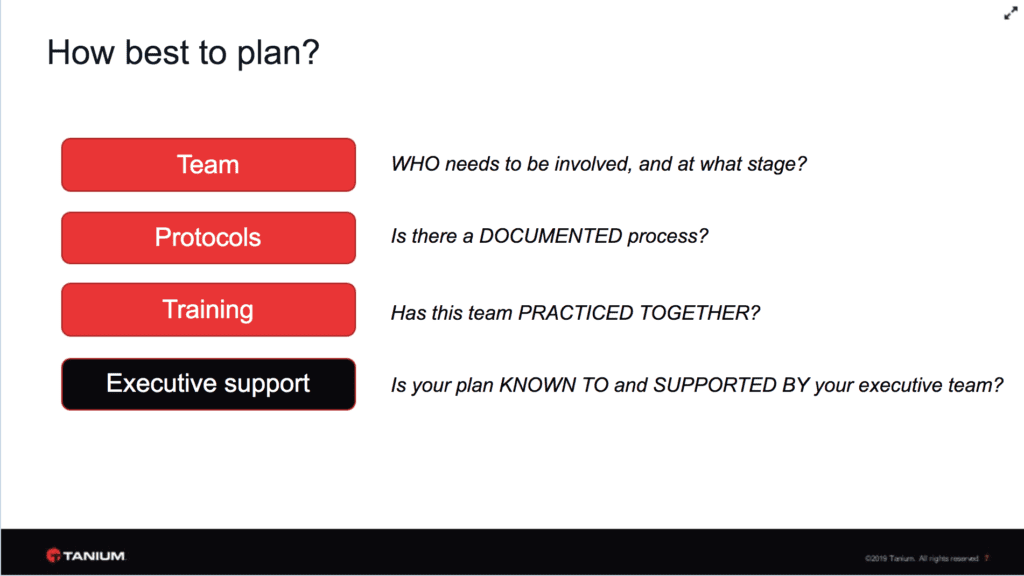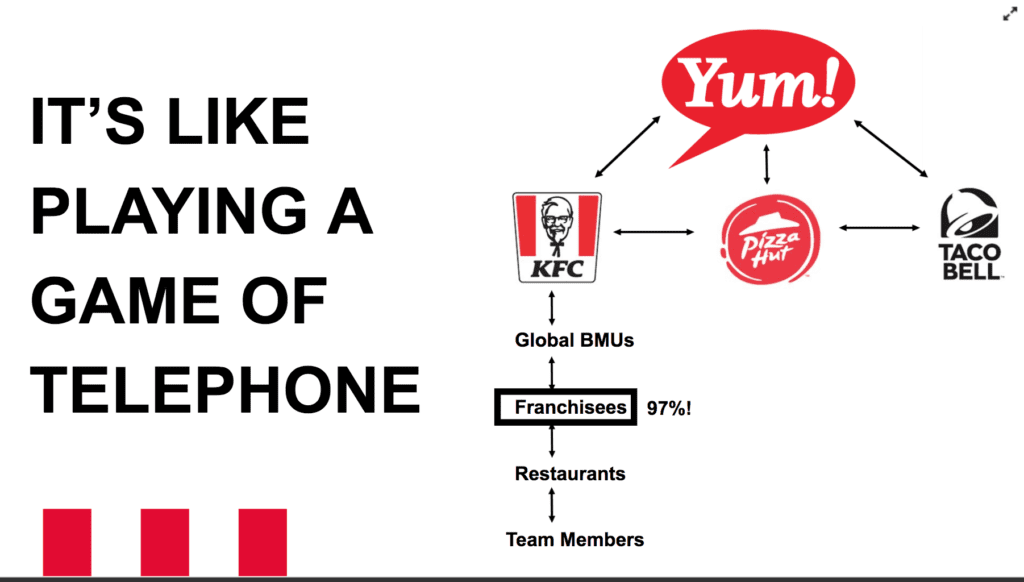
In an age when social sentiment can make or break reputations overnight, a robust crisis plan is a must for any modern communications team. More often than not, crises are dealt with on the fly by a small, siloed team that isn't prepared on how to respond, when to escalate, or who in the organization to fold in.
Despite the fact that these frequent crises could have been mitigated early on, even a small team can take on a seemingly insurmountable catastrophe with the right preparation. To help your team understand what conversations need to be happening, PRNEWS asked three crisis experts from the b2b, nonprofit, and brand sectors how they approach crisis prep in their fields. Here are their top tips.
Understand that crisis management is more art than science. “As much as we can attempt to assign process and protocol to things when it comes to crisis communications, this is as much art as it is science,” said Chad Berndtson, content director at cybersecurity firm Tanium, Inc. "You're relying on well-honed communications chops to read situations, read people, and come up with the best solution possible using the facts, the people, and the time you have."
In a social world, you always grab the microphone. "Our first instinct remains to always run behind the bunker and plot strategy while we wait out the storm," Berndtson says. "We're still plotting strategy, of course, but in the social world where 'spreading like wildfire' still sounds too slow, you're either controlling the narrative or letting the narrative control you."
Design a crisis protocol that is designed to escalate depending on the situation.
Berndtson's looks like this:

Understand that empathy and authenticity will always cut through the blizzard of BS. “No matter what's happening out here in crisis land, we're still people talking to people” said Berndtson, "we're still humans — flawed, feeling and emotional. Everyone wants to know that they are being heard. Everyone wants to know that when they're being responded to, they're not being BSed. Strive for authenticity, and then strive even harder."
Plan for a crisis by breaking down your steps into categories. Berndtson breaks down crisis planning into these four categories, and explains them thusly:

Knowing who your audience is will help you define what's at stake. Colleen Creighton, executive director at the nonprofit American Association of Suicidology, explained the delicate balance between brand management and societal/public health as an issue of understanding who your crisis messaging is intended for. It was something she had to navigate while building the association's small communications team from the ground up.
"Who am I responsible for?" Creighton asked herself. "Am I responsible for my association itself and its brand, or society as a whole and that public health crisis?" As their audience is mostly academics and researchers, Creighton decided their messaging should speak to them, with the national conversation top of mind.
Remember that the language you use matters. Creighton explained that much of their crisis management around suicide prevention involves correcting the language used in national dialogue. The shift away from framing a suicide as someone having "committed suicide" to "died by suicide," for example, shifts the stigma away from the deceased and drastically alters the context in which suicide is understood.
Make sure your siloed teams are on the same page—cascade your crisis strategy. Siloed teams can make international crisis comms into a game of telephone says Lori Eberenz, public affairs manager for KFC's US locations. "It's cascading information down," she says, "because while we may be divided by oceans and continents, we are quite connected by media and social media around the world. So crisis management for us is a team sport, and there are a lot of players on the team. Our global communications managers are our quarterbacks, and we can't be everywhere all the time."

This is why KFC developed a cascade strategy that folds in leaders, franchisees, and team members on some information in order to manage issues when they come up so they don't impact the overall business. "All basic functions are owners and should know the risks," she adds.
Building a robust social listening strategy lets you cast a global watch on your brand. "We're able to leverage our [social] systems and different teams to help provide data and use that data as a guide when managing an active issue," said Eberenz. "They are also a watchful eye for issues. In the U.S., we're mostly concerned with chatter about our business, but on a global level they may see chatter in another market that they're starting to see bleed over into our conversations. We can't watch from the U.S. every global market and what they're doing all the time, we have to run our business as well.
Crisis training can help not only your communications leaders, but business leaders, too. KFC is unique in that it hosts an annual traveling "crisis college" for team members, not just those in communications, but business leaders in local markets as well. "They go through mock interviews, they go through real-life examples and scenarios of real things that have happened," Eberenz explained.
"And what's most eye-opening is that your other business partners really begin to see the sense of urgency that is required to manage these types of crises. They understand how quickly things can change, and why you're working so fast. It gives them a little insight into what communications professionals go through every day."
